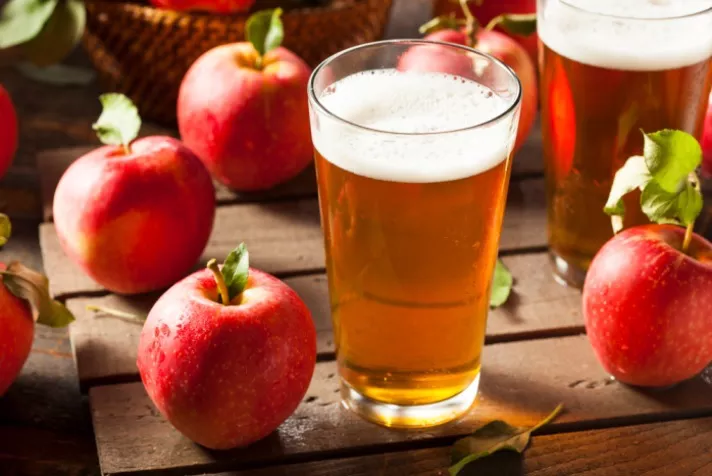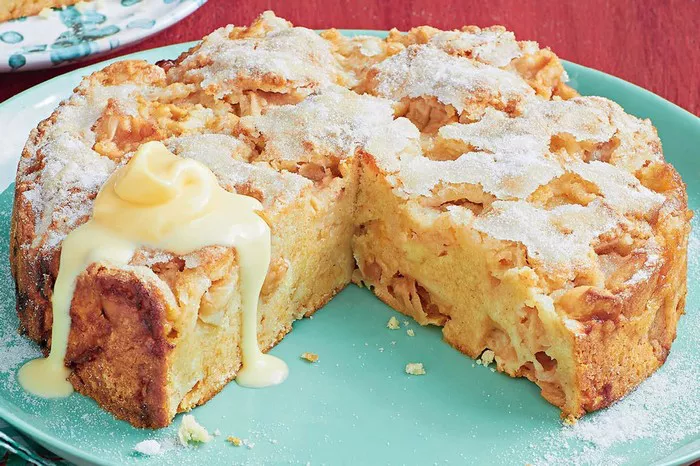Pizza—the iconic Italian creation that has captured the hearts and taste buds of people around the world. With its tantalizing combination of gooey cheese, savory sauce, and endless topping possibilities, pizza is a beloved comfort food enjoyed by millions.
However, for individuals managing diabetes, the question often arises: can I indulge in a slice of pizza without derailing my blood sugar levels?
In this exploration, we’ll unravel the complexities of pizza consumption for those with diabetes, examining factors such as crust types, toppings, portion sizes, and overall dietary considerations to provide guidance for making informed choices without sacrificing taste or enjoyment.
Understanding Diabetes and Diet:
Before we dive into the specifics of pizza consumption, let’s take a moment to understand the relationship between diabetes and diet.
Diabetes is a chronic condition characterized by elevated blood sugar levels, which can result in serious health complications if not properly managed. While there is no one-size-fits-all approach to diabetes management, maintaining a balanced diet that includes a variety of nutrient-rich foods is essential for blood sugar control, weight management, and overall well-being.
For individuals with diabetes, monitoring carbohydrate intake, choosing whole foods over processed options, and paying attention to portion sizes are key strategies for maintaining stable blood sugar levels.
The Pizza Dilemma:
Pizza presents a unique challenge for individuals with diabetes due to its combination of high carbohydrate content, saturated fats, and potential for overindulgence.
Traditional pizza crust is made from refined white flour, which can cause blood sugar levels to spike when consumed in excess.
Additionally, cheese and meat toppings are high in saturated fats and sodium, which can increase the risk of heart disease and other complications associated with diabetes.
However, with some careful planning and moderation, it is possible for individuals with diabetes to enjoy pizza as part of a balanced diet.
Choosing the Right Crust:
When it comes to pizza, the type of crust you choose can make a big difference in its impact on blood sugar levels.
Traditional thin-crust and deep-dish pizzas made from white flour are high in carbohydrates and can cause blood sugar spikes, especially when eaten in large quantities.
For individuals with diabetes, opting for a whole grain or cauliflower crust can be a healthier alternative that provides more fiber and fewer carbohydrates. These crust options can help slow the absorption of sugar into the bloodstream and keep blood sugar levels more stable.
Minding the Toppings:
Toppings play a significant role in the nutritional profile of pizza and can greatly influence its impact on blood sugar levels.
While classic meat toppings like pepperoni and sausage are high in saturated fats and sodium, vegetable toppings like mushrooms, bell peppers, and spinach are lower in calories and carbohydrates and provide essential vitamins and minerals.
For individuals with diabetes, choosing vegetable-based toppings and lean protein options like grilled chicken or turkey can help keep blood sugar levels in check while still satisfying cravings for flavor and texture.
Portion Control is Key:
Perhaps the most important factor to consider when eating pizza as a diabetic is portion control. While it can be tempting to indulge in multiple slices of your favorite pie, it’s essential to keep portion sizes in check to avoid overloading your body with carbohydrates and calories.
Aiming for a single serving of pizza—typically one or two slices—paired with a side salad or vegetable dish can help balance out the meal and prevent blood sugar spikes.
Additionally, taking the time to savor each bite and eating slowly can help you feel more satisfied with smaller portions.
Pairing Pizza with Healthy Sides:
To make pizza a more balanced and nutritious meal, consider pairing it with healthy side dishes that provide additional nutrients and fiber.
A mixed green salad with a light vinaigrette dressing, steamed vegetables, or a cup of vegetable soup can add volume and texture to the meal without significantly increasing the carbohydrate content. These side dishes can help fill you up and reduce the temptation to overindulge in pizza while still allowing you to enjoy the flavors and satisfaction of your favorite pie.
Practicing Mindful Eating:
Finally, practicing mindful eating can help individuals with diabetes make more conscious choices about their food intake and avoid overeating. Before reaching for another slice of pizza, take a moment to assess your hunger levels and consider whether you’re eating out of hunger or simply out of habit or emotional triggers.
Pay attention to the flavors, textures, and sensations of each bite, and stop eating when you feel satisfied, rather than stuffed. By tuning into your body’s cues and eating with intention, you can enjoy pizza as a diabetic without compromising your health or well-being.
Conclusion:
By approaching it with mindfulness, moderation, and careful consideration of crust types, toppings, portion sizes, and overall dietary patterns, pizza can certainly be enjoyed as part of a balanced diet for individuals with diabetes So go ahead, slice up your favorite pie, and savor each bite with the knowledge that you can enjoy pizza as a diabetic in a way that nourishes your body and satisfies your taste buds.


























